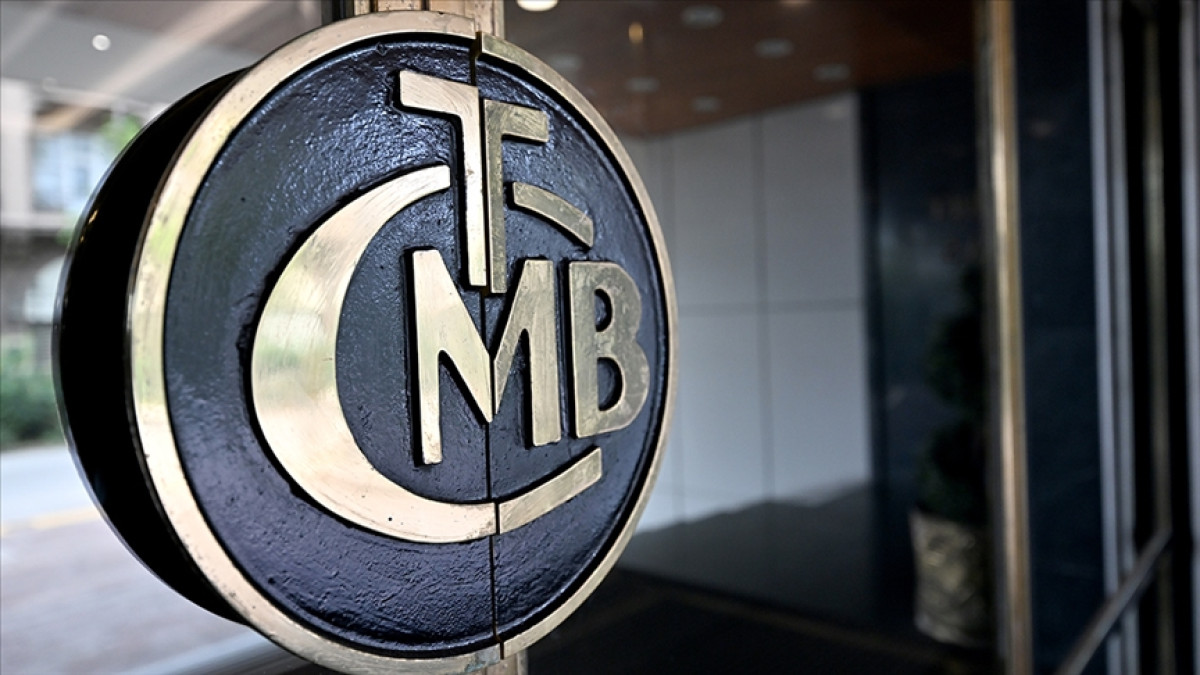
Amazon's Profit Report: Rising Margins and Expectations


Amazon (AMZN) delivered an impressive earnings report, increasing its net profit margin to 11.1%. This rate, up from 8% last year, represents a remarkable performance combined with a year-over-year growth of 53.4%, significantly above the 5-year average of 30.9%.
Future forecasts indicate that earnings are expected to grow by 15.17% annually, while revenue is projected to increase by 10.2% per year. This growth rate is close to the overall U.S. market's rate of 10.4%. The strong momentum in profit expansion and margin improvement is expected to encourage investors; however, the reported non-cash profits ensure that the quality of earnings remains a critical point.
The Amazon net profit margin showed significant improvement from last year's 8% level to 11.1%. This development highlights the benefits of high-margin growth associated with Amazon Web Services (AWS). While global multi-channel retail competitors operate at lower average profit levels, Amazon stands out with this advantage.
Analysts' consensus view suggests that Amazon’s advanced logistics and automation, along with AWS’s dominant position in cloud and artificial intelligence, support margin expansion and high-quality growth. Ongoing automation investments and the scaling of the Prime ecosystem bolster rising consolidated margins and enable recurring revenue generation beyond retail sales.
Rising net margins are viewed as a crucial foundation for Amazon’s long-term profit growth. However, analysts warn that the capital intensity of AWS and competition in technology could negatively impact margin increases if not carefully managed.
Amazon is trading at a price-to-earnings ratio of 33.8, which is below the sector average of 41.6 and above the overall industry average of 19.8. This presents a valuation that reflects some relative value alongside quality growth among digital retail and platform leaders.
The analyst consensus emphasizes that there is room for revaluation if investors consistently see future growth and margin targets being met. Elevated margins and the anticipated $10.14 earnings per share by 2028 suggest that this premium could be justified, provided that AWS and Prime sustain their operating leverage.
Amazon must avoid new regulatory costs and maintain the pace of global expansion. In the EDGAR filing, it is observed that a significant portion of the reported profit growth comes from non-cash items. This situation necessitates a closer examination of profit quality and sustainability.
Analysts evaluate that ongoing supply chain costs, rising labor expenses, and AWS's capital demands may challenge the sustainability of non-cash profits. While the improvement in net profit margins is an important development, investors need to monitor whether these earnings are transitioning into solid, cash-generating operations. Non-cash profits can sometimes exaggerate underlying profitability.
.png)
Yakında Tüm Platformlarda
Sizlere kesintisiz haber ve analizi en hızlı şekilde ulaştırmak için. Yakında tüm platformlarda...







.png)